“One American household emits 8.1 metric tons of CO2 each year through food consumption alone. Yes, that’s TONS. The production of food accounts for 83% of emissions, and its transportation accounts for 11%” (CNN). Wherever you live in the world, it’s likely that your carbon footprint is much larger than you might expect.
With fires terrorizing the world, cities quickly going underwater, and a general lack of urgency regarding environmental protection laws, we need to be more conscious of our carbon footprints than ever.
Keep reading to learn the basics about your carbon footprint and learn how to carbon offset flights, trains, cars, and more!
Table of contents
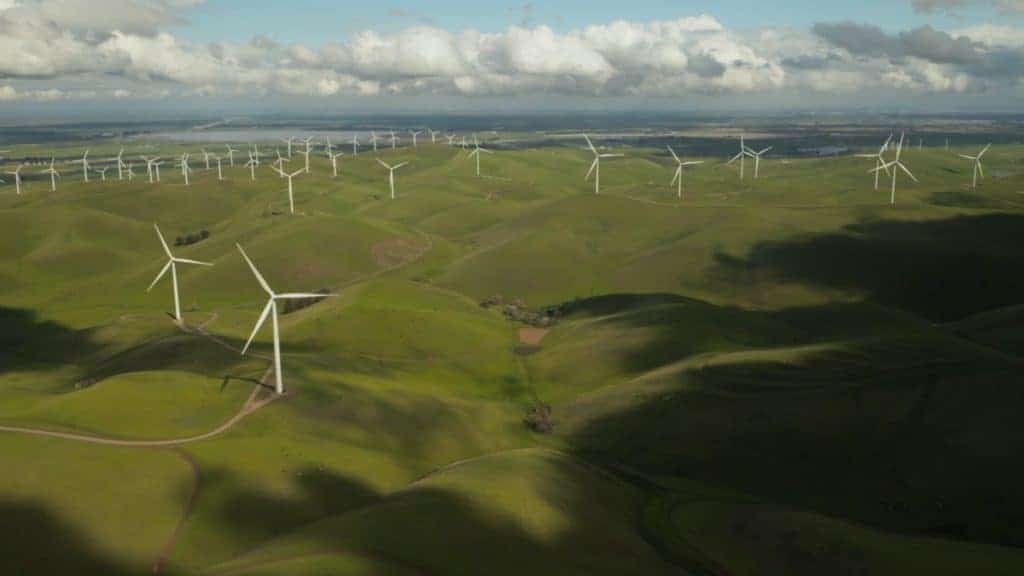
What is a Carbon Footprint
A carbon footprint is defined by Merriam-Webster as “the amount of greenhouse gases and specifically carbon dioxide emitted by something (such as a person’s activities or a product’s manufacture and transport) during a given period”.
Your carbon footprint is comprised of a variety of activities, from your diet, transportation habits, and of course everyday activities.
The chart below, from the United States’ Environmental Protection Agency, shows that the largest contributors to greenhouse gas emissions are electricity and heat production, and agriculture, foresty, and other land use.
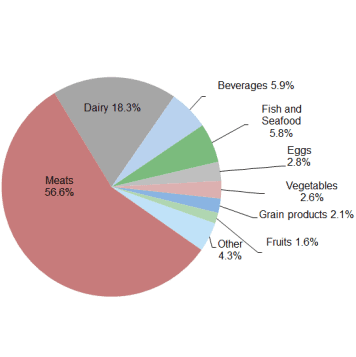
University of Michigan
Electricity and Heat Production
Evidently, we live in a world where electricity and heating are incredibly prevalent. As I sit and write this article, I have the lights and heat on, my laptop and phone plugged in to charge, and a camera battery on the charger.
We might be a little more conscious if we ourselves are paying the electric bill, but as travelers, we generally are paying one fee. Even when this is the case, it’s clear that being conscious of our electricity usage and keeping the heat down is so important to sustainable living and understanding our carbon footprints.

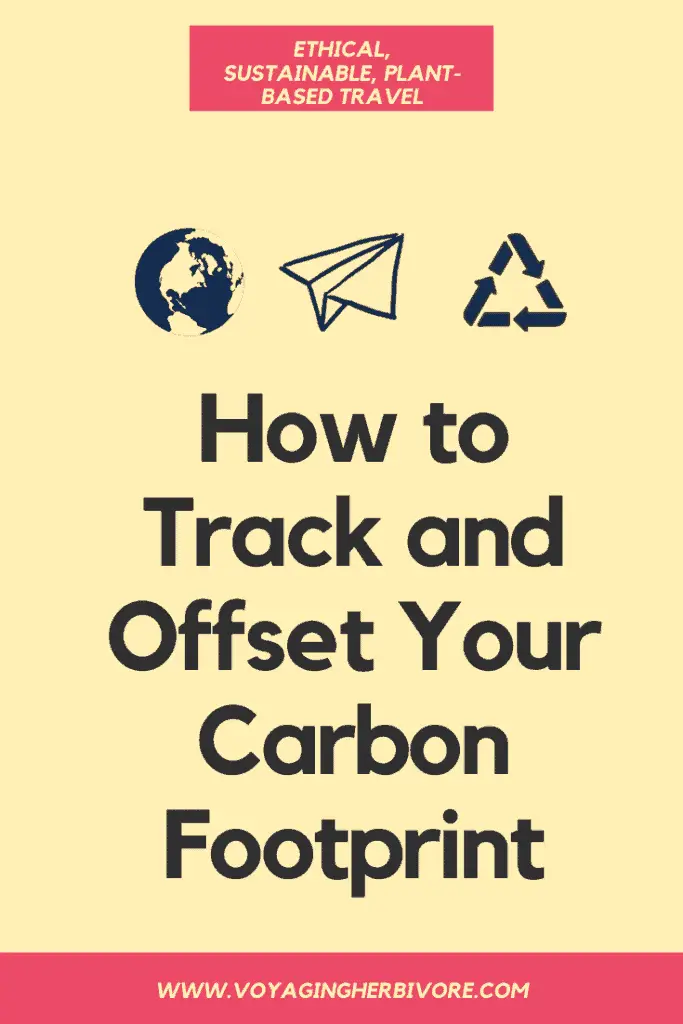
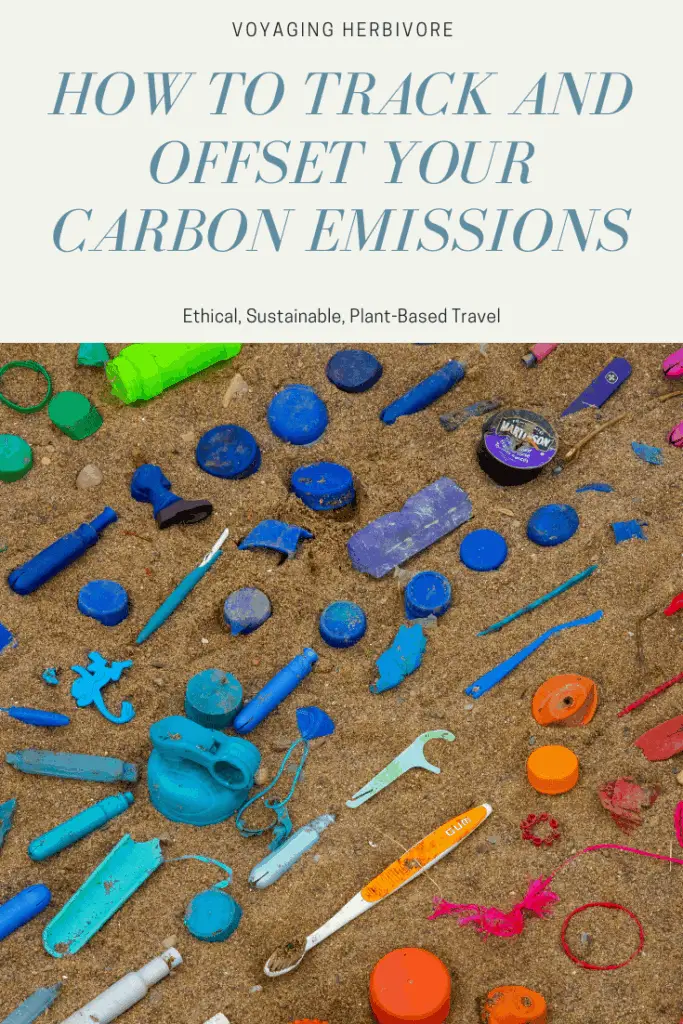
Agriculture, Forestry, and Other Land Use
One of the best ways to understand the impact of your carbon footprint, beyond the carbon offset of flights, is to look at your diet. You might be thinking, “Diet? I thought we were talking about land use?”.
As you can see from the pie chart above, agriculture, forestry, and other land use accounts for 24% of greenhouse gas emissions.
The Smithsonian Magazine gathered some fast facts:
- “26% of the earth’s terrestrial surface is livestock grazing”
- “1/3 of the planet’s arable land is occupied by livestock feed crop cultivation”
- “70% of Brazil’s deforested land is used as pasture, with feed crop cultivation occupying much of the remainder”
- “In Botswana, the livestock industry consumes 23% of all water used”
- “Globally, 18% of greenhouse gas emissions can be attributed to the livestock industry”
- “In the United States, livestock production is responsible for 55% of erosion, 37% of all applied pesticides and 50% of antibiotics consumed, while the animals themselves directly consume 95% of our oat production and 80% of our corn”
This is truly astonishing.
Imagine how much of a difference you could make by simply cutting animal products (meat, fish, dairy, cheese, and cheese) out of your diet. You can see from the bar graph about how much CO2 is produced from beef vs potatoes. If you want to learn more about to footprint of your specific diet, check out the “Calculating Your Carbon Footprint” section below.
If you need more than ethical reasons to not eat fish (who do feel pain and have social relationships) check out this article by the Guardian. It discusses how no fish is safe to eat if you’re trying to support economic diversity. You can also read this article by National Geographic which talks about fishless seas by 2048 if we continue at this alarming rate.
Transportation – Carbon Offset Flights and Life
Transportation is, of course, a huge contributor to your carbon footprint. However, air travel accounts for a small portion of transportation emissions. About 59% of the transportation emissions are actually from light-duty vehicles whereas aircrafts account for about 9% (EPA). It is important to carbon offset flights, but even more so is to be conscious of daily habits and choices.
Although flights and trains don’t make up a huge percentage of our carbon emissions when compared to the emissions caused by our food choices, it’s still incredibly important to learn how to calculate and offset your carbon footprint.
Read More: Plane or Rail Travel – Which is More Sustainable?

Calculating Your Carbon Footprint
When it comes to calculating your carbon footprint, you’re in luck! The internet is chock full of calculators to understand your carbon footprint.
If you’re looking for a general carbon footprint calculator, here are some options:
- Wren: Wren is our top choice for carbon footprint tracking and offsetting. The free quiz gives you insights into your emissions and you set up a subscription to offset your footprint monthly.
- MyClimate: This short multiple-choice quiz will give you a somewhat accurate view of your carbon footprint. The questions aren’t super specific about your habits, so don’t expect it to be perfect.
- FootPrintCalculator: This site offers a visually pleasing and in-depth survey that lets you know how many earths you need to sustain your lifestyle. The calculator takes into account your diet habits, transportation, home type, the efficiency of your transportation methods, and more.
- CarbonFootprint: If you want to get a fairly accurate result, check out carbon footprint. You can put in exact info about your house, transportation, and even how much you spend on different elements (food, education, insurance, etc.).
- EcoPassanger: See how many emissions you would create by taking different methods fo transportation to your location. This is a great tool to help plan any trips.
Tracking Your Carbon Footprint
One of the best ways to understand your carbon footprint (besides cutting out animal products!) is to begin tracking it. Start by tracking your large transportation such as planes and trains.
Tracking how much CO2 our flights, trains, and buses emit has made us so much more conscious of how we decide to get around and this year, we’re going to fly as little as possible and instead take trains and buses where possible.
Offsetting Your Carbon Footprint
When offsetting your carbon footprint, a great practice to get into, if you can afford it, is to donate just a little bit more than the calculator says that you need to. We try and round up when offsetting to leave a positive impact on the world.
Whether you’re donating to offset your entire footprint or you’re tracking one aspect of your footprint to offset, keep in mind that it’s a good rule of thumb to stick to donating to .org sites because these are registered nonprofits. Sites like CarbonFootprint are .com so it’s harder to know if your donations are actually going towards sustainable practices.
Most of the sites that help you calculate your footprint will also offer options to offset. MyClimate is the site we generally donate to because they are a registered nonprofit but they’re also very honest about how they use donations. You can view their annual reports and they also use a maximum of 20% of their funds for administration costs, while at the very least 80% goes towards sustainability projects.
We’ve also recently discovered Wren which is also a registered nonprofit. The site makes it incredibly easy to calculate your average monthly carbon footprint and then set up a subscription to offset it every month. Check that off of your to do list!
Here are some sites to make donations to offset your carbon footprint:
Reduce Your Footprint and Keep Learning
Earth is quickly dying, and it’s up to us, the creators of this mess, to clean it up.
Before even thinking about learning to carbon offset flights, you should think about how you can reduce your footprint. Cut meat and other animal products from your diet (which can reduce your carbon footprint by as much as 73%), travel by train or bus instead of a plane and offset your footprint. It truly is now or never. If you need more reasons to go vegan, be sure to check out these eye-opening vegan documentaries.
Now that you know how to reduce and offset your carbon footprint, keep learning about sustainable living. Check out the posts below to learn more ways to live and travel sustainably
Pin Your Carbon Offset Flights and Life Guide



And as always, you can find more sustainable travel content on Instagram @VoyagingHerbivore, Youtube, and TikTok and to get updates straight to your inbox, enter your email below.
If you found this guide helpful and want to help us keep these resources free,
please consider making your next Amazon, Expedia, Hostel World, Etsy, Trivago, and Booking.com purchase through our links (just click right on those words – you can do it right now and unless you clear your cookies before your next purchase, it will remember). It costs you no extra and gives us a small commission. Thank you!

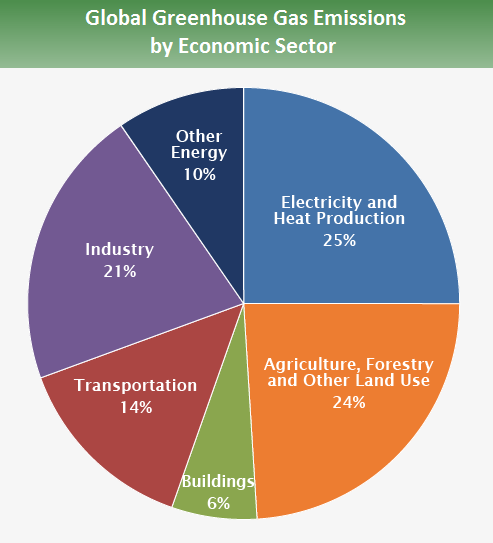







Leave a Reply